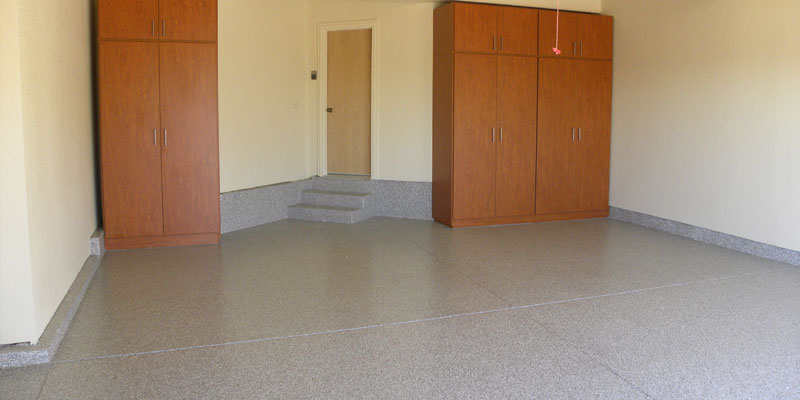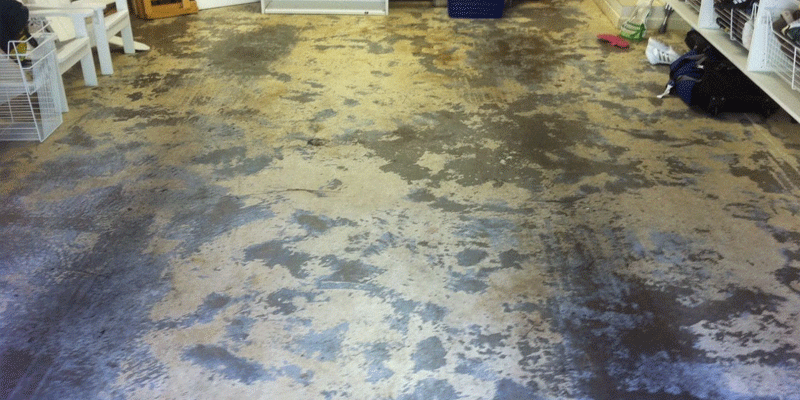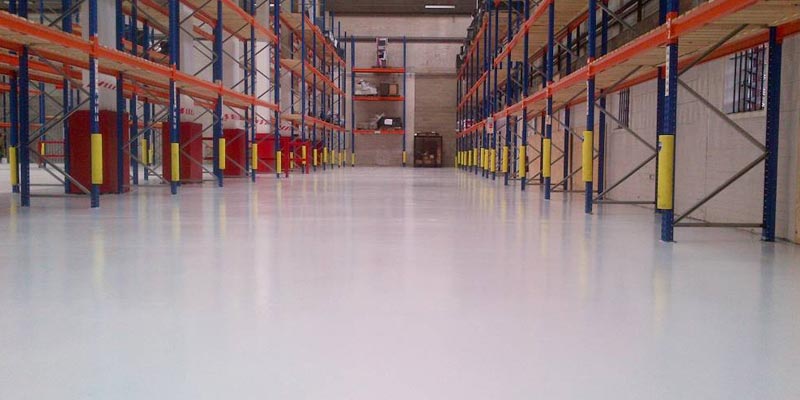Top 10 Facts About Non-Skid Epoxy Additives

Does your epoxy flooring project require a non-skid additive? If so, you’re not alone. Many residential and commercial projects need this type of coating to provide extra traction. However, many people are completely unaware of how these additives work and what they’re made of.
This article will explore the fundamentals of non-skid epoxy additives so that you can make an informed decision about your next flooring project.
What is an Epoxy Additive?
An epoxy additive is a material that is added to an epoxy resin to change or enhance its properties. In the case of non-skid additives, these materials are added to the epoxy to increase their friction coefficient. This means that the floor will be less slippery when it is wet or when oil or other fluids are present.
There are a variety of different materials that can be used as non-skid additives, but the most common are sand, silica, and aluminum oxide.
How Do Non-Skid Additives Work?
The vast majority of non-skid additives work by increasing the surface area of the epoxy floor. This increased surface area provides more points of contact between the floor and whatever is walking or standing on it, increasing traction.
Some non-skid additives also work by changing how light reflects off of the floor. This can be especially useful in areas with a lot of natural light, as it will make it easier to see where the floor is wet or slippery.
What Are the Benefits of Using Non-Skid Additives?
There are a number of benefits to using non-skid additives in your epoxy flooring project. The most obvious benefit is that it will make the floor less slippery, which can help to prevent accidents.
Another benefit of using these additives is that they can increase the lifespan of your floor. This is because the floor’s increased surface area will help protect it from wear and tear.
Finally, non-skid additives can also help to give your floor a unique look. By changing how light reflects off of the floor, you can create a variety of different visual effects.
What Are the Drawbacks of Using Non-Skid Additives?
As with anything, there are a few drawbacks to using non-skid additives in your epoxy flooring project. The most significant drawback is that they can increase the cost of the project. This is because you will need to purchase more material than you would for a standard epoxy floor.
Another drawback is that these additives can make it more difficult to apply the epoxy evenly. This is because the increased surface area of the floor can make it difficult to spread the epoxy out evenly.
Finally, non-skid additives can also reduce the shine of your floor. This is because they scatter light in a way that reduces the amount of light that is reflected off of the surface.
Top 10 Facts to Remember About Non-Skid Additives
1. An epoxy additive is a material that is added to an epoxy resin to change or enhance its properties.
2. In the case of non-skid additives, these materials are added to the epoxy in order to increase their coefficient of friction.
3. There are a variety of different materials that can be used as non-skid additives, but the most common are sand, silica, and aluminum oxide.
4. The vast majority of non-skid additives work by increasing the surface area of the epoxy floor.
5. Some non-skid additives also work by changing how light reflects off of the floor.
6. There are a number of benefits to using non-skid additives in your epoxy flooring project.
7. The most significant drawback of using non-skid additives is that they can increase the cost of the project.
8. Another drawback is that these additives can make it more difficult to apply the epoxy evenly.
9. Finally, non-skid additives can also reduce the shine of your floor.
10. Non-skid additives are a great way to improve the safety and durability of your epoxy floor, but they come at a cost.
Do you need a non-skid additive for your next epoxy flooring project?
If you are working on a project where safety is a concern, then you will probably want to use a non-skid additive. These additives can help to prevent accidents by making the floor less slippery.
If you are looking for a way to give your floor a unique look, then you may also want to consider using an additive. By changing how light reflects off of the surface, you can create a variety of different visual effects.
If you are working on a project where cost is a concern, then you may want to avoid using an additive. These materials can increase the cost of your project by adding to the amount of material that you need to purchase.
When it comes to deciding whether or not to use an epoxy additive, there is no right or wrong answer. The best way to make a decision is to weigh the pros and cons of each option and decide what is best for your specific project.





